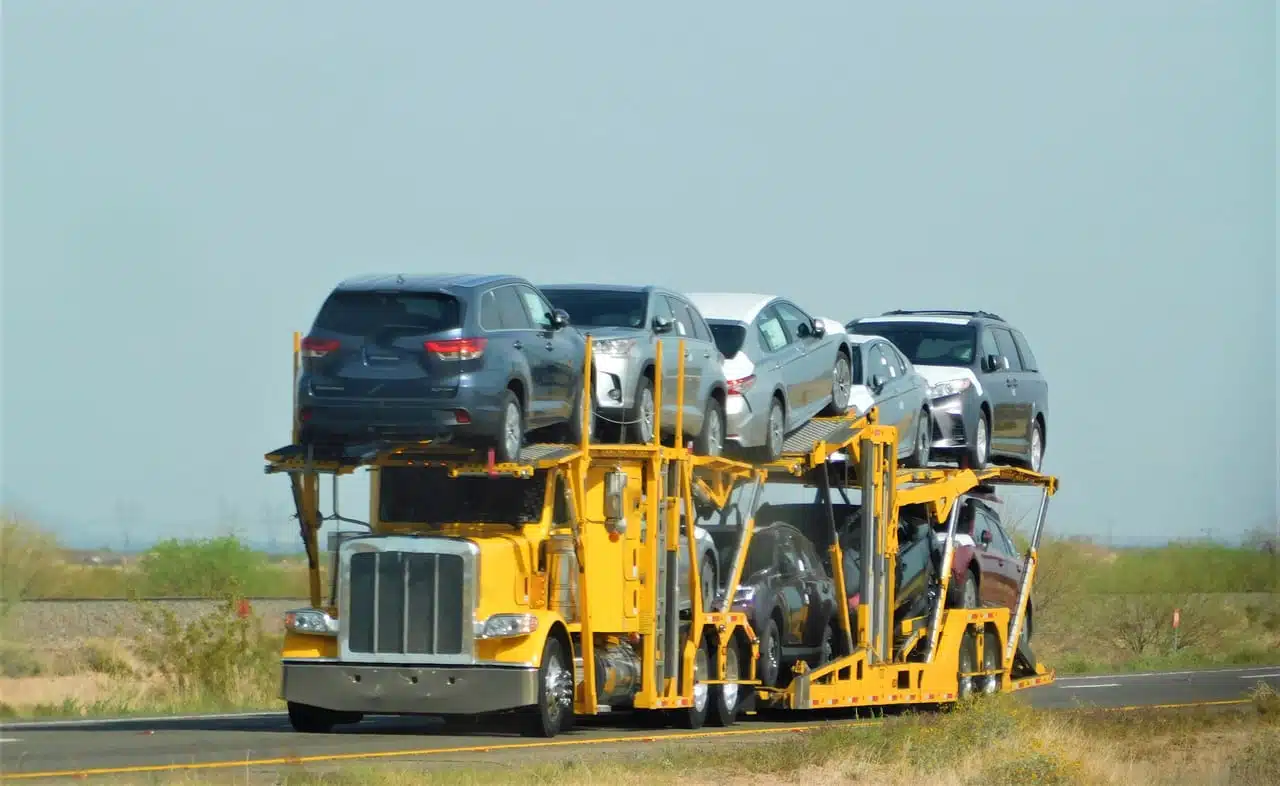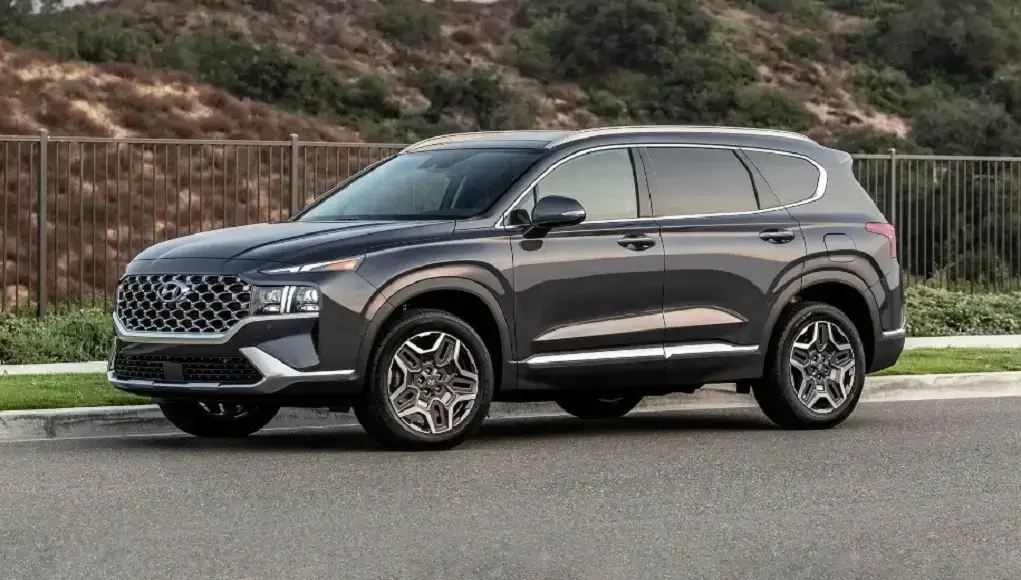As an aviation and motorcycle enthusiast, I’ve long wanted to combine my passions into one. Riding a motorcycle is fun, but riding a motorcycle that looks and feels like a plane? That sounds amazing. There have been a few of these concepts over the years, but the Pulse autocycle is probably the coolest to date.
What exactly is this thing? Initially called the Litestar, the Pulse was designed by an aircraft engineer, James Bede. If that name sounds familiar, it’s because Bede designed a bunch of sleek kit airplanes in the ’60s and ’70s, some of which were known for killing pilots. Remember that tiny jet from Goldfinger? That’s the BD-5J, one of the more successful BD models.

Bede didn’t stop at airplanes. In the late 1970s he launched a sort of plane for the road, the BD-200. The BD-200 would be renamed Litestar, then Pulse, after a handful of Litestars were built.

G/O Media may get a commission
Despite the jet-inspired styling, the Pulse is really more like a cross between a motorcycle and a car, which is where the autocycle term comes from. Modern examples would include vehicles like the Polaris Slingshot and the Aptera.

Around 347 of these were built for Bede’s Tomorrow Corporation by the Owosso Motor Car Company in Michigan. (The first 15 were made by Scranton Manufacturing in Iowa.) Most examples were built in 1984-90, and nearly 300 of them can be accounted for today.
Of course, all good things come to and end, and the Owosso Motor Car Company closed down, taking parts availability with it.

Despite the eye-catching looks, everything is pretty simple under the skin. The structure is a steel tube frame and some units utilized motorcycle suspension components.

The Pulse is powered by motorcycle running gear mounted in back and features a car tire up front. To help the rig balance at low speed there are outriggers fitted with tiny tires. The available motorcycle engines were either a 400cc unit from Yamaha or a Honda Gold Wing boxer engine. The site dedicated to tracking Litestars and Pulses claims the Gold Wing power units had displacements between 900cc and 1,300cc. However, the smallest Goldwing is 999cc and there wasn’t a 1,300cc model.
Tomorrow Corporation advertised an amazing 100 miles per gallon, but perhaps as a surprise to nobody, real life fuel economy is reported by owners to be 50 mpg. Yeah, not sure how anyone thought making a heavier motorcycle would result in better fuel economy.
Several of these no longer have their original running gear, having been upgraded to more powerful and more modern propulsion. This one for sale in Hemmings is described as having a 650cc engine.
Looking closely at that rear end, we can see that 650cc engine is a parallel twin from a Suzuki Burgman 650. That also means this Pulse has a CVT. There’s also a Burgman digital dash, straight from the donor bike.
Pretty much all of these I’ve been able to find listed for sale have an equally ridiculous price. The one at Hemmings is knocking on the door of $30,000. They may be obscure, but people are willing to pay big money for them.
A part of me is glad they’re so expensive. All I need is another wacky addition to my fleet.




More Stories
IONIQ 5 N Pre-Production Model Lands in Europe
Flash Drive: 2023 Toyota Prius Hybrid
How To Make Sure Your Vehicle Remains Five-Star | FunRover